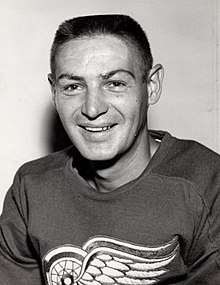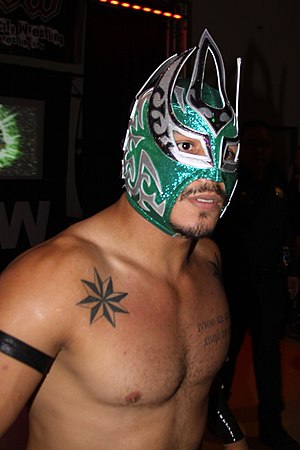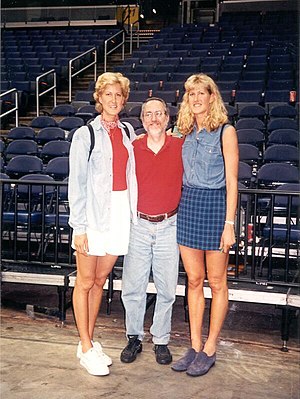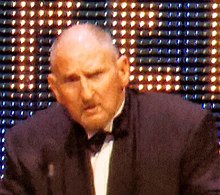Terry Sawchuk
Birthday December 28, 1929
Birth Sign Capricorn
Birthplace Winnipeg, Manitoba, Canada
DEATH DATE 1970-5-31, New York City, U.S. (40 years old)
Nationality Canada
Height 5 ft 11 in (180 cm)
Weight 195 lb (88 kg; 13 st 13 lb)
#30328 Most Popular















